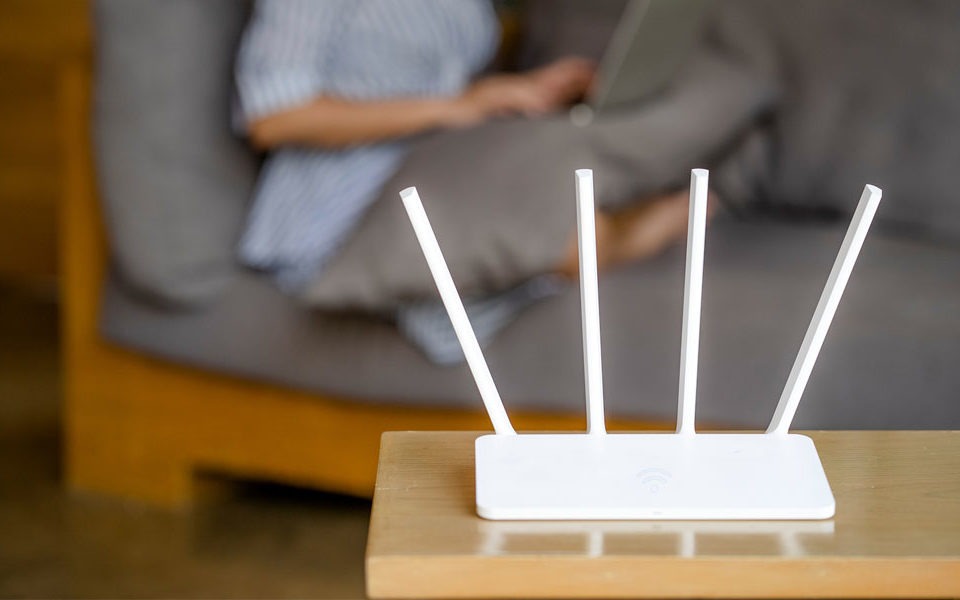Your WiFi signal strength is only as good as your router. But even if you have an expensive router with all the latest features, it won’t matter if you put it in the wrong place. Putting your router in a central location will blanket your house in a strong WiFi signal, while putting it behind thick walls can make it tough to get a good connection from a few feet away. To help you make the most of your wireless router, here are some guidelines to help you find the best place to put your router.
- Place Your Router in a Central Location
If you place your router on the far side of your home, it will limit the reach of your WiFi signal. This is because most routers don’t have a very wide range, and there are lots of things that can interrupt your WiFi signal.
Since wireless broadband routers transmit a WiFi signal in all directions at once, placing your router in a central location gives you the best signal possible.
The best option would be to place your router in your line of sight with your computer and other devices. Your WiFi connection will be strongest when you can see your router, and it will be weaker when there are a lot of signal blockers and disruptors, such as thick walls.
- Avoid Thick Walls and Other Physical Obstructions
A map of WiFi signal strength from a router placed in the corner of a room. (Image Source: Jason Cole)
Since WiFi uses radio waves to transmit data, it can easily be disrupted by thick walls and floors. So, the more walls in between you and your router, the weaker your signal will be. Walls absorb wireless signals and reduce the quality of your broadcast. The best place to put the router is out in the open, without any physical obstructions.
If you want to know more about what WiFi is and how it works, check out our article here.
- Raise Your Router
Since radio waves tend to spread the signal downward, placing your router up high on the wall will give you the best signal. If you place your router on the floor, it will send your WiFi into the ground. This might be good if you want to strengthen your signal to the floor below, but it would be better if you placed your router in a high place, like on top of a bookshelf. You can even mount your router on the wall to get the best signal.
- Avoid the Kitchen
Your kitchen is full of electronic devices that can interfere with your WiFi signal, especially your microwave. Microwaves emit a strong signal that operates on the 2.4 GHz band, which is one of the wireless bands that routers operate on, too. So, placing your router near your microwave will cause them to compete and weaken your WiFi signal.
If you want to know more about what the 2.4 GHz frequency band is, and the difference between 2.4 GHz and 5 GHz, check out our guide here.
- Avoid Electronic Devices
Electronic devices are not just found in the kitchen. There are many things in your home that use radio waves like your router. Watch out for cordless phones, baby monitors, garage door openers, and other devices that use radio waves. The best place for your router would be far away from these kinds of devices that will interfere with your WiFi signal.
- Avoid Fish Tanks and Reflective Surfaces
Water also interferes with your WiFi signal, so it is not a good idea to place your router near a fish tank. You also want to avoid reflective surfaces, which can scatter and distort your WiFi signal. That means placing your router near windows, mirrors, file cabinets, and stainless-steel countertops will disrupt your WiFi signal.
- Adjust the Router’s Antennas
Positioning the antennas on your router sideways will send your WiFi signal upstairs, while pointing them straight up sends your signal across the room laterally. So, it is best to position your antennas perpendicular to each other. That means, if your router has two antennas, you should position one of them sideways and the other one straight up. If your router has more than two antennas, you should change the position of all the antennas to cover a wide range of angles.





